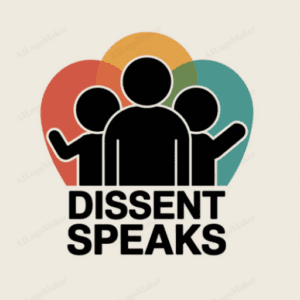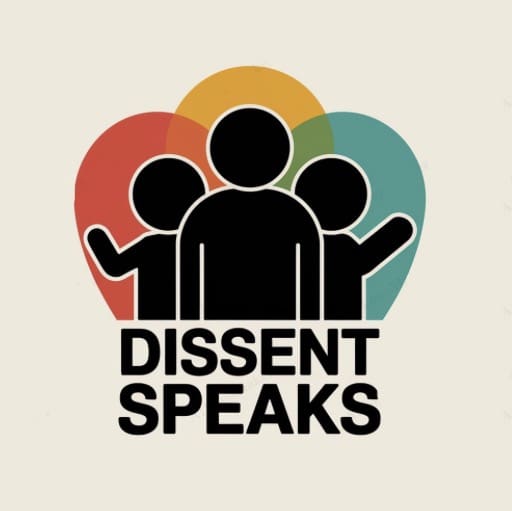When we talk about Diversity, Equity, and Inclusion (DEI), we’re often met with strong reactions from across the spectrum of public opinion. Some see it as essential progress toward a fairer society, while others view it with deep skepticism. Let’s take a thoughtful journey through this topic, examining what DEI really means and why it matters to everyone, regardless of their background or beliefs.
The Heart of the Matter: What DEI Really Means
At its core, DEI isn’t about giving anyone special advantages – it’s about removing barriers that have historically prevented talented people from contributing their full potential to society. Think of it like a running track where some lanes have hurdles while others don’t. The goal isn’t to hold back the runners in clear lanes, but rather to remove the hurdles so everyone can run their best race.
Diversity simply means having different types of people present in an organization. This includes not just visible differences like race or gender, but also different ways of thinking, cultural backgrounds, and life experiences. When we bring together people with varied perspectives, we often find better solutions to complex problems, much like how a toolbox with many different tools is more useful than one with only hammers.
Equity is different from equality. If equality means giving everyone the same thing, equity means giving everyone what they need to reach the same starting line. Consider how a tall person and a short person might both need to see over a fence – giving them boxes of the same height (equality) wouldn’t solve the problem, but giving them boxes proportional to their heights (equity) would let them both see.
Inclusion goes beyond just having diverse people present – it means creating an environment where everyone feels welcomed and valued. It’s the difference between being invited to a dance and being asked to dance. True inclusion means that everyone has a meaningful voice in discussions and decisions that affect them.
The Business Case: Beyond Social Justice
Many people don’t realize that DEI initiatives often emerge from practical business considerations rather than purely moral ones. Companies have found that diverse teams often outperform homogeneous ones in key areas like innovation, problem-solving, and market understanding. This makes intuitive sense – a team with varied backgrounds and experiences is more likely to spot potential problems and opportunities that a more uniform group might miss.
For example, when airbag technology was first developed, it was primarily tested using crash test dummies based on average male bodies. This led to preventable injuries and deaths among women and children when the technology was deployed. More diverse engineering teams might have recognized this oversight earlier, saving lives and preventing costly recalls.
Addressing Common Concerns
Many thoughtful people worry that DEI initiatives might lead to lowered standards or unfair advantages. These concerns deserve serious consideration. However, effective DEI programs actually raise standards by expanding the talent pool and ensuring that artificial barriers aren’t keeping qualified candidates out.
Think about professional basketball before and after racial integration. The NBA didn’t lower its standards by including Black players – it dramatically raised the level of play by accessing a broader pool of talent. Similarly, when orchestras began using blind auditions (where musicians perform behind a screen), the quality of music improved as more women were hired based purely on merit.
The Path Forward
Rather than seeing DEI as a zero-sum game where some must lose for others to win, we can view it as an opportunity to expand the pie for everyone. When organizations tap into previously overlooked talent pools, they become more innovative, more productive, and better able to serve diverse customer bases.
The key lies in thoughtful implementation. Effective DEI initiatives focus on removing barriers and creating fair processes rather than implementing rigid quotas. They emphasize building inclusive cultures where everyone can thrive, rather than just hitting demographic targets.
Success stories abound. Companies like Microsoft have seen significant improvements in innovation and market understanding after implementing comprehensive DEI programs. Universities have found that diverse student bodies lead to richer classroom discussions and better learning outcomes for all students, not just those from underrepresented groups.
Moving Forward Together
The conversation around DEI doesn’t have to be divisive. By focusing on creating fair processes and removing artificial barriers, we can build organizations that are both more equitable and more effective. The goal isn’t to disadvantage any group, but rather to ensure that everyone has a fair chance to contribute their talents and succeed based on their merits.
As we continue to navigate these complex issues, maintaining open and respectful dialogue is crucial. By listening to concerns on all sides and focusing on evidence-based approaches, we can work together to build organizations and institutions that bring out the best in everyone.
After all, talent and potential exist in every community. When we create systems that allow that talent to flourish, everyone benefits from the resulting innovation, creativity, and progress.


